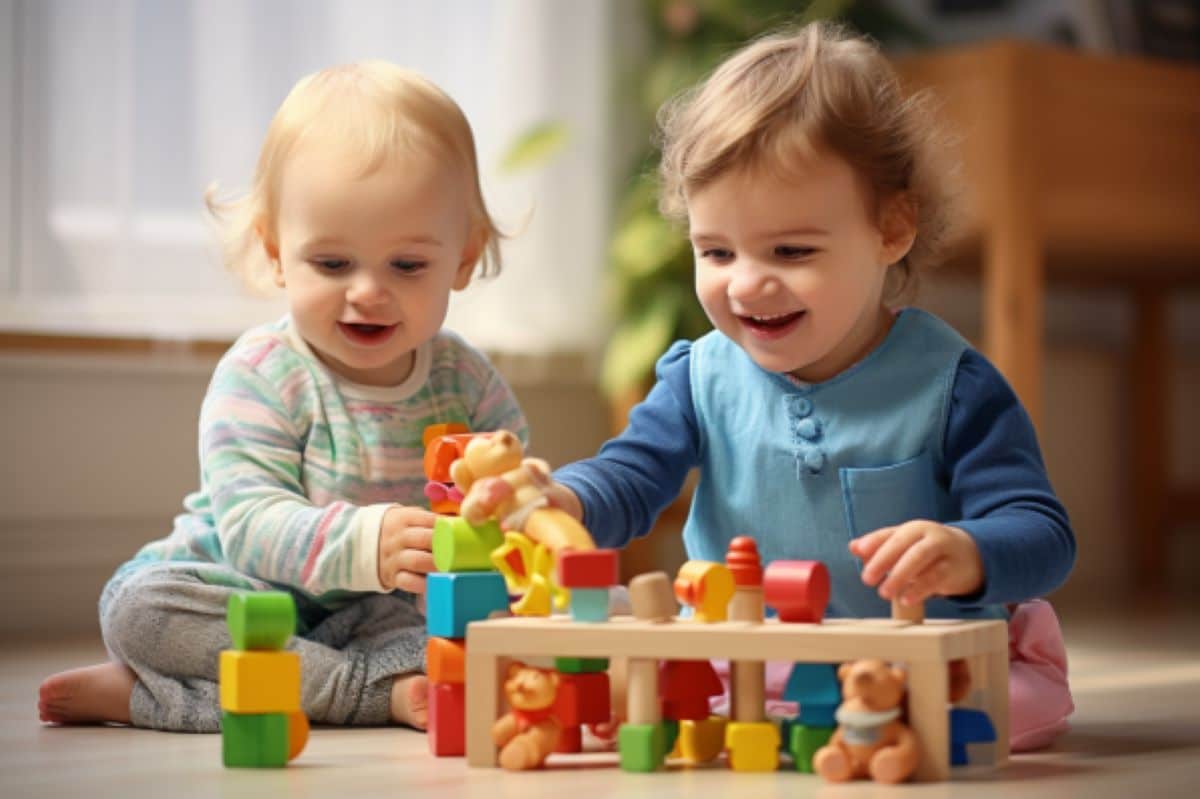Summary: Researchers examine the neural intricacies behind young children’s inclination for play. Drawing from neuroscience and child development research, the researchers portray how play forges crucial neural pathways vital for growth.
The findings challenge the historic distinction between play and learning, emphasizing play’s foundational role in early childhood development. Additionally, the research explores the pandemic’s impact on young minds and stresses the importance of play in post-COVID recovery.
Key Facts:
- Play in the early years forges essential neural pathways, impacting future growth and learning.
- Children are biologically wired for play, and diverging from this can hinder their development.
- The research integrates the COVID-19 pandemic’s impact, suggesting play as a means of mental health recovery for children.
Source: Taylor and Francis Group
Dr Jacqueline Harding, director of Tomorrow’s Child and an early childhood expert at Middlesex University, argues that the young child’s brain is inherently designed to be playful and this is crucial for its development.
In her new book, The Brain that Loves to Play, she challenges the traditional division between play and learning, emphasizing the essential role of play in early years education and holistic child development.

With a renewed vision for the fusion of play and learning, the book aims to contribute to the ongoing discussion on redefining how we care for, educate, and parent young children from birth to five years.
Lighting up the brain
By drawing on the latest research in neuroscience and child development, Dr Harding discusses how the young child’s brain not only craves play but also thrives on it. Through rich sensory experiences and playful exploration, children forge new neural pathways, laying a solid foundation for future learning and growth.
Illustrating the remarkable impact of immersive play on a young child’s brain, she explains, “At this very moment, his brain also starts to ‘jump’ and light up with joy as connections between neurons make impressive progress. Does this experience count as learning? Absolutely yes.”
Dr Harding affirms that these play-driven neural pathways, established before the age of six, have a profound and lasting impact on a child’s future opportunities. Diverting from their innate inclination for play could deprive them of vital learning experiences and opportunities for growth.
“It seems that the young child’s body and brain are literally designed to be playful, and this is crucial for its development,” she says. “Children are naturally wired to play and any sustained deviation from this masterful design comes at a price.”
Her book also challenges the historical belief that play is a mere recreational activity for children, advocating instead for a holistic approach that recognizes play as a fundamental aspect of a child’s development.
“There is no doubt, according to all the latest research, that the brain loves to play – and it is time that as adults we got on board with this notion too,” she states.
Pandemic pressures
The book also discusses the challenges brought about by the COVID-19 pandemic and its long-term impact on children’s mental health. Dr Harding recommends that play and early intervention should be prioritized to support young children who have lived through such unprecedented times.
“As we emerge from a pandemic which has significantly impacted all our lives, there can be no better place to begin than considering how we can rewrite the narrative through support in the early years,” she says.
Dr Harding also emphasizes that the book is not an exhaustive compilation of scientific findings but rather a practical guide for adults seeking to better understand the value of play in young children’s development. By demystifying complex terminology and presenting real-life case studies, she provides a resource that empowers individuals to integrate play and learning into their everyday interactions with children.
The book also contains fly-on-the-wall films of children at play which support the points raised in each chapter.
“It is my belief that a greater awareness of how we can support children is vital for all who care for young children,” she says.
The Brain that Loves to Play serves as an accessible overview of the profound influence of play on children’s brain growth and development. This timely and thought-provoking book offers a wealth of knowledge and practical insights that will benefit practitioners, researchers, educators, parents, and anyone invested in the well-being of children.
About this neurodevelopment and play research news
Author: Becky Parker-Ellis
Source: Taylor and Francis Group
Contact: Becky Parker-Ellis – Taylor and Francis Group
Image: The image is credited to Neuroscience News






